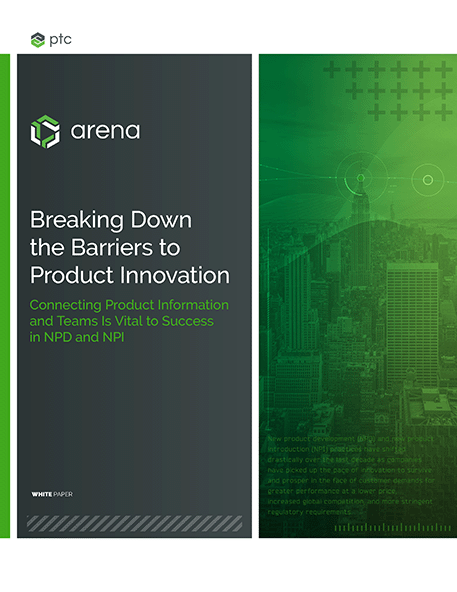How Product Teams Contribute to New Product Introduction (NPI) Success
 Bringing a new product to market is a team effort, and introducing new or revised products that customers truly want requires an organized and thorough new product introduction (NPI) program. While a lot of the big-picture questions like “how much do we expect to make from this product?” are VP or executive-level questions, a successful new product introduction process is something everyone in the organization should help drive. It requires effective communication among product teams so design, prototype, engineering, and manufacturing stages stay on track.
Bringing a new product to market is a team effort, and introducing new or revised products that customers truly want requires an organized and thorough new product introduction (NPI) program. While a lot of the big-picture questions like “how much do we expect to make from this product?” are VP or executive-level questions, a successful new product introduction process is something everyone in the organization should help drive. It requires effective communication among product teams so design, prototype, engineering, and manufacturing stages stay on track.
Here are some things engineering, operations, sales, and marketing teams should consider during the new product introduction process.
Has the operations team considered:
- How to kick off/manage the various production phases (prototype, pilot, production)
- The supply chain strategy—are you consigned, turnkey, hybrid, or ”appliance” manufacturing?
- Contract manufacturer (CM) selection—will your CMs operate locally or offshore, and should you go with an original design manufacturer (ODM)?
- Production strategy: Will you build-to-order or build-to-forecast?
- The time required for the quality assurance process
- Your production capacity requirements and plans for expansion
- The finished goods (FG) warehouse and distribution plans
- Field service and cost of repairs
- Other cost reduction opportunities
Has engineering taken the time to discuss:
- The NPI process (gates, deliverables, approvals)
- Product lifecycle management and engineering design change processes
- Part numbering processes and schemes
- Design Verification Testing (DVT)/QA
- Product reliability/highly accelerated life testing (HALT)
- Test specifications and other document control practices
- Available diagnostics
- Special test equipment
- Feedback loops
Has sales and marketing thought about:
- Sales channels—will you use a direct model, or work with distributors or partners?
- Sales regions—there are different considerations if you’re selling domestically than there are if you’d like to expand your customer base to Europe, China, India or Brazil)
- Standard after receipt of order (ARO) requirements
- Terms and conditions
- Stock Keeping Units (SKU’s)—how many do you need to have available?
- Sales forecast process
- Customer warranty—how will you manage returns and spares?
- Compliance (UL, FCC, RoHS, REACH, WEEE, FDA, ISO, ITAR, EAR)
- Software delivery scheme ( app, cloud, website access)
And for every department, it’s important to make sure the right business systems are in place
In particular, the following systems make it much easier to manage the new product introduction process:
- Product Lifecycle Management (PLM)—for design and manufacturing documents, BOM and change management and compliance
- Quality Management System (QMS) – to drive product development, quality process, regulatory compliance, and commercialization success
- Enterprise Resource Planning (ERP)—for purchasing, inventory, order administration, and finance
- Customer Relationship Management (CRM)—for sales forecasting and customer orders, pipeline management, return material authorizations (RMAs), return rates, customer case history, and warranty entitlement
To learn more about new product introduction
With so many moving parts, it’s important to have solid NPI processes in place that enable all team members to collaborate and ensure you get the right product to market at the right time and the right cost.
Learn more about NPI best practices. Read our Best Practices for NPD and NPI Success white paper to learn how to break down barriers to product innovation.
Read Best Practices Article on NPI Success
NPI: A Short Guide to Designing, Developing, and Launching Products Using PLM and QMS




